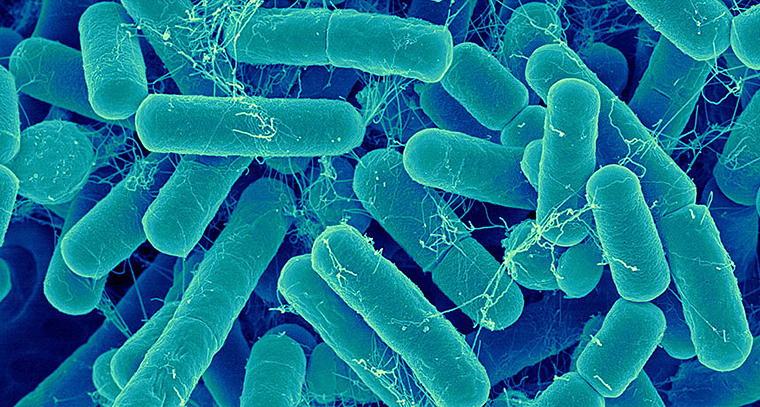
Biologists speculate that the adult human body is comprised of roughly 40 trillion human cells, give or take several trillion. Considering the rather remarkable fact that we begin life as a single cell containing enough information to organize 40 trillion anything (almost impossible to imagine) we are at minimum the by-product of an act of masterful coordination. Contemplate the difficulties of two individuals communicating well, and then think about 40 trillion individual cells communicating with each other. Remarkable!
We are more than just our 40 trillion individual cells, however; between viruses, bacteria, one-celled and multi-celled creatures, we are home to yet another 40 trillion living beings. For many of them, we are the entire universe itself. Amid our day-to-day distractions, it’s easy to forget the true scale of things.
The Hubble Telescope has confirmed the immensity of the external universe. It’s estimated our galaxy contains 100 billion stars, and is just one of 100 billion galaxies. Even at the furthest, seemingly emptiest, tiny patches of space (43 billion light years away requiring a continuous eleven-day Hubble exposure) we find tens of thousands of galaxies.
Moving in the opposite direction, we ourselves are comprised of ever more miniscule structures; organs, cells, organelles within each cell, structures within each organelle, and so on, right on down to the very wave/particles of which all “matter” appears to be made. And despite our seemingly “solid” self, the space within us is so great that neutrinos (nearly massless sub-atomic elementary particles) pass right through us as if through empty space. On the order of scale, the universe within is yet deeper than the universe without.
The trillions of living beings within us are our partners, often forming a symbiotic relationship upon which our lives mutually depend. Though our health can be thrown out of balance, and some inhabitants can cause problems, our partnerships mostly work quite well.
Dwelling on the “yuck” factor for a moment, consider parasitic worms. Medicine has noted that in the past 100 years autoimmune diseases have shown a marked increase. Asthma, rheumatoid arthritis, heart disease, type-one diabetes and other ailments are distinguished by the body attacking its own cells as if they are unwanted invaders, hence being called autoimmune disease. This health issue coincides with the use of modern drugs that have killed off most varieties of parasitic microscopic worms which ironically exude substances that reduce the human body’s autoimmune response mechanism. Having made this connection, physicians are now reintroducing harmless species of microscopic worms into the bodies of some patients suffering from autoimmune disease, with remarkably positive results.
We tend to think in terms of self and other, but this distinction is due to our confusion. In fact, the dividing line between self and other is not particularly clear, and our unfortunate penchant to view other in negative terms often results in aggressive policies that hurt all. Disinfectant sprays that “kill 99.9 percent of household germs,” for example, may well prove to be harmful to the development of the immune systems of children. This is not to say that basic sanitation is a bad thing, but it is worthwhile to remember that we co-evolved with myriad other beings over uncountable millennia in a world that is organized and balanced holistically and not simply for the benefit of the human ego.